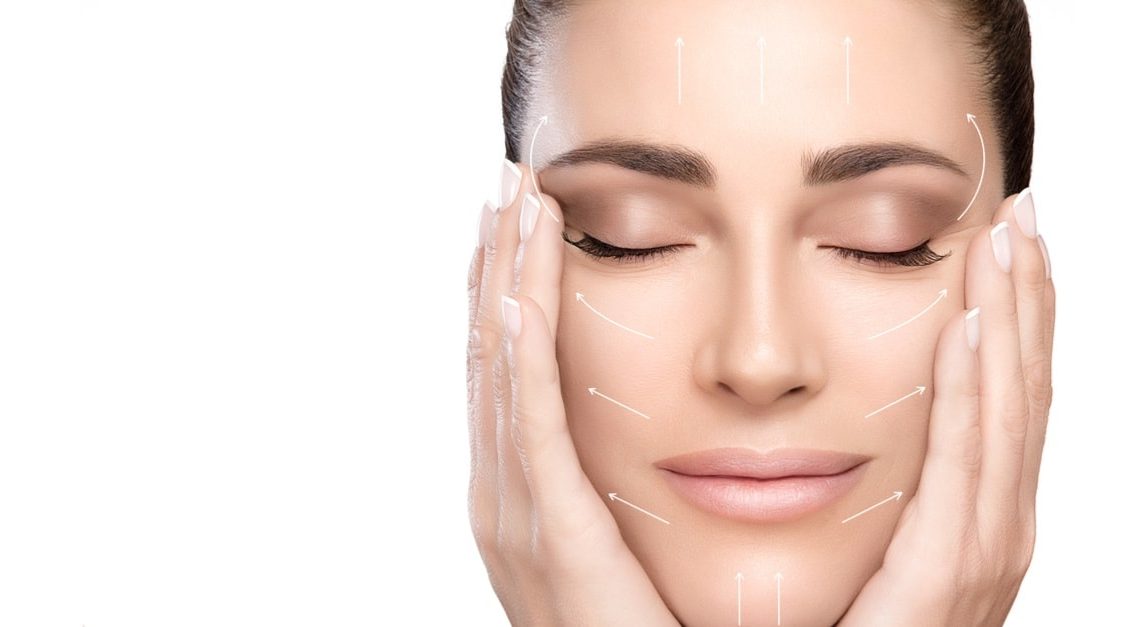Botox was licensed specifically for the treatment of chronic migraines in July 2010. It has been highly effective in treating migraines, and has now been used in treating clenching and grinding as an alternative to other treatments. Tooth clenching and grinding can lead to wear, tooth fractures and chipping and generalized discomfort. It is important to know all your options in treatment to prevent ongoing problems.
What is Botox?
Botox (botulinum toxin type A) was introduced in clinical practice in the 1970s to treat squint and blepharospasm. Since then, it has found many uses in other areas including dystonia, post-stroke spasticity, and hyperhidrosis.
It has since been used for many cosmetic reasons as well, but this article focuses on its use in treating chronic migraines.
How does Botox work in migraine?
We don’t actually know the answer to this fully. It is suggested in some studies that it inhibits pain in chronic migraine by reducing the expression of certain pain pathways involving nerve cells in the trigeminovascular system. The trigeminovascular system is a sensory pathway thought to play a key role in the headache phase of a migraine attack.
Is Botox right for me?
Chronic migraine is defined as headaches occurring on 15 or more days each month, at least half of which have migraine features. It is important to have a consultation and discuss all options before a decision is made.


